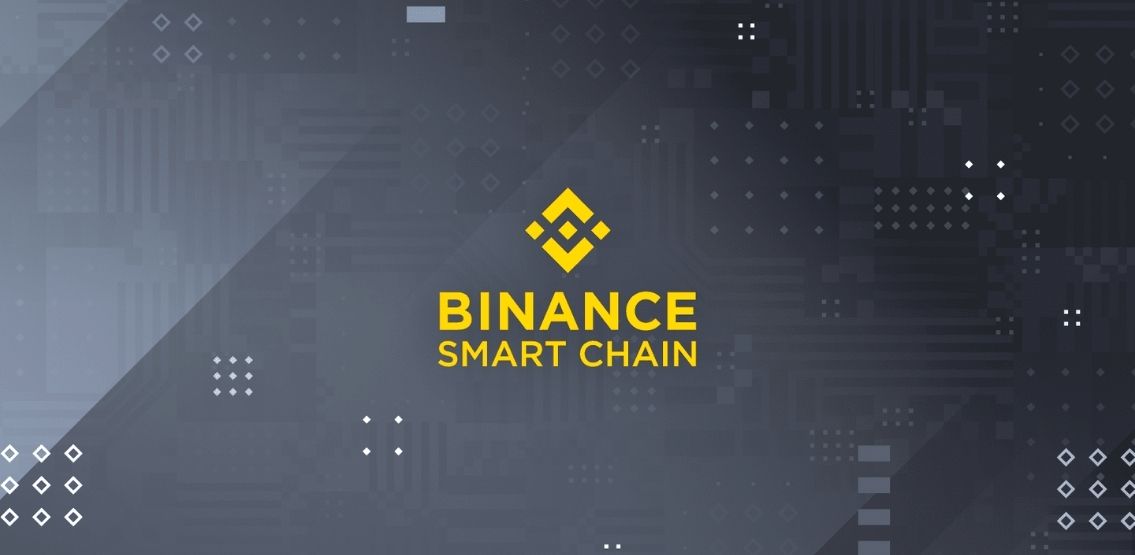Table of Contents
- Ethereum's High Gas Fees Challenging DeFi Users
- Binance Smart Chain A Good Alternative?
- DeFi's Potential In Asia Yet To Be Realised
Asia has an untapped DeFi market as per financial analyst and investor Joseph Young. According to his observations, this could provide an ideal user base for Binance Smart Chain’s DeFi ecosystem.
"DeFi isn't so popular in Asia. DeFi bluechips only started to see some popularity on South Korean exchanges in the past month or so. Binance Smart Chain is becoming popular in Southeast Asia due to its low fees. There is a chance BNB secures a relatively untapped market."
While the appeal of DeFi platforms over regular traditional finance products is great, Ethereum's extremely high gas fees are crippling these platforms.
Ethereum's High Gas Fees Challenging DeFi Users
DeFi is definitely gaining popularity: the total value of assets locked in Ethereum protocols surged from $1.25 billion to well over $40 billion. The number of DeFi users was 110,000 in February 2020 but stood at ~1.4 million a year later.
But the skyrocketing transaction fees on the Ethereum network have made DeFi expensive for users. This threatens the benefits that DeFi brings to cryptocurrency as the high gas fees make the platform less accessible to casual users.
Ethereum made news in February when its gas fees increased by 20% in a matter of 24 hours, with the average transaction fees reaching $17.67. Simple swaps using decentralized exchanges Uniswap and SushiSwap cost from $40 to $75.
Many DeFi projects require the execution of complex smart contracts, and reports state that the fees for such protocols now exceed $1000. DeFi users may have to wait for Ethereum's ETH2 upgrade or wait until EIP-1559 to reduce fee volatility, but until then, DeFi faces high gas fees as one of its biggest threats.
Binance Smart Chain A Good Alternative?
Binance Smart Chain is gaining popularity for having a high-performance smart contract environment. But the platform also boasts of low gas fees, the biggest issue faced by Ethereum users currently.
Binance network has smart contract functionality and is compatible with the Ethereum Virtual Machine (EVM), making it easy for its apps and users to shift from Ethereum to the Binance Smart Chain. As more apps migrate along with their users to Binance, it clearly indicates that users do not want to pay the high gas fees Ethereum demands.
In BSC, 1 gwei is 10-9 or 0.000000001 BNB. The average gas price is 20 gwei. A transaction of 10 BNB worth $300 should cost ~$0.01. Sending a hundred times the same amount doesn't cost more than a few cents. This is more than appealing for casual users.
DeFi's Potential In Asia Yet To Be Realised
Asia is a densely populated market that is only beginning to see the benefits of DeFi. DeFi is worth ~$50 billion if you don't consider the Asian market. However, here's an interesting observation made by NASDAQ:
"Those in the Western world who may only be familiar with Bitcoin may be surprised to learn that 31% of all cryptocurrency transactions from mid-2019 to mid-2020 occurred in East Asia, totaling $107 billion — 77% more than Europe. There's also wider investment across a number of crypto assets as well than are typically found in the West."
DeFi is not as popular or intense as crypto in Asia. But based on Young's tweet, readers can see that this is slowly changing. The region is utilizing Binance, which is efficient for new users of DeFi. Asian DeFi is now gaining funds and projects, proving that it holds a very promising future.
Disclaimer: This article is provided for informational purposes only. It is not offered or intended to be used as legal, tax, investment, financial, or other advice.
Investment Disclaimer












